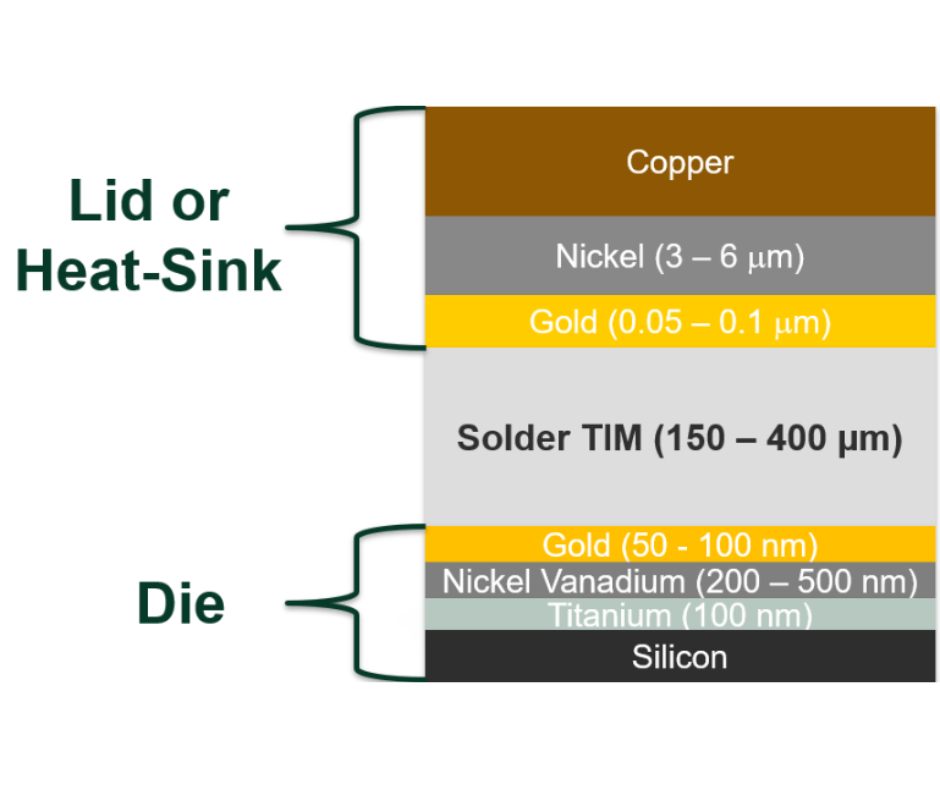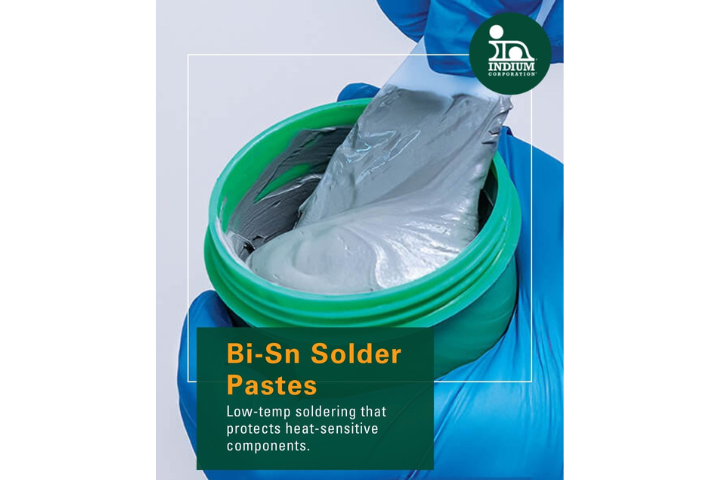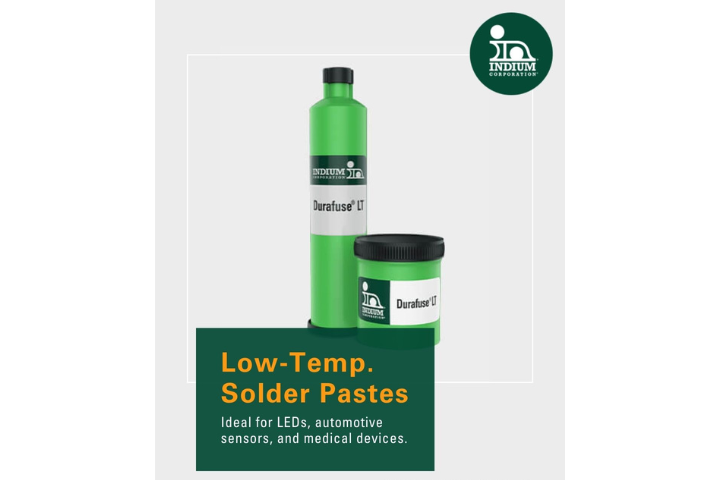Folks,
I recently met a colleague and the following discussion ensued:
Dr. Ron (DR): How are things?
Colleague (C): Kinda discouraging at my new job.
DR: Why so?
C: Well, management is very cost conscious and they force me to use a poor quality solder paste, because it is only $0.05 per gram.
DR: So, what is the problem?
C: Well first pass yield is only 90% max, it used to be 95% for similar products at the company I used to work for.
DR: How much did your former company pay for paste?
C: $0.08 per gram. It was great solder paste!
DR: Don't you think that 5% yield increase is worth $0.03 per gram more for the paste?
C: I'm sure it is, but how do I convince my boss?
The solution to this question can be answered by ProfitProTM. I developed this Excel based cost estimating software several years ago. It can be used to answer such "what if" scenarios as the one above. So let's use ProfitPro™ to help answer the question at hand. We will start by assuming a typical assembly line. I established the metrics describing a "typical" assembly line from the "average" line from a major subcontract assembler. (We could use metrics describing any type of line, but this is a convenient starting point.) Then we will run two scenarios: 1. $0.05/gram paste, 90% yield (all reworkable) and 2. $0.08/gram paste, 95% yield (all reworkable). So let's do it.
ProfitPro™ tells us that the $0.03 we pay for the premium paste saves us more than $71,000 per year for one line. Obviously, depending on your specific business the amount saved will vary. However, solder paste is <<1% of the cost of electronics, so paying a little more for premium quality is always a wise investment. Oh, BTW, the $71,000 cost savings above is about $3500 more than the total cost of the better solder paste! But, you've already paid for the paste, so the $71,000 goes right to the bottom line.
The photo above is an image of the summary of the ProfitPro™ calculation.
Cheers,
Dr. Ron



